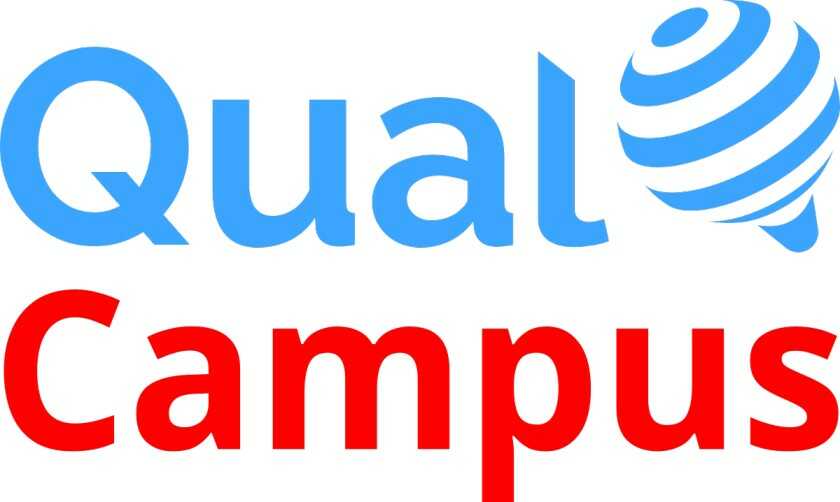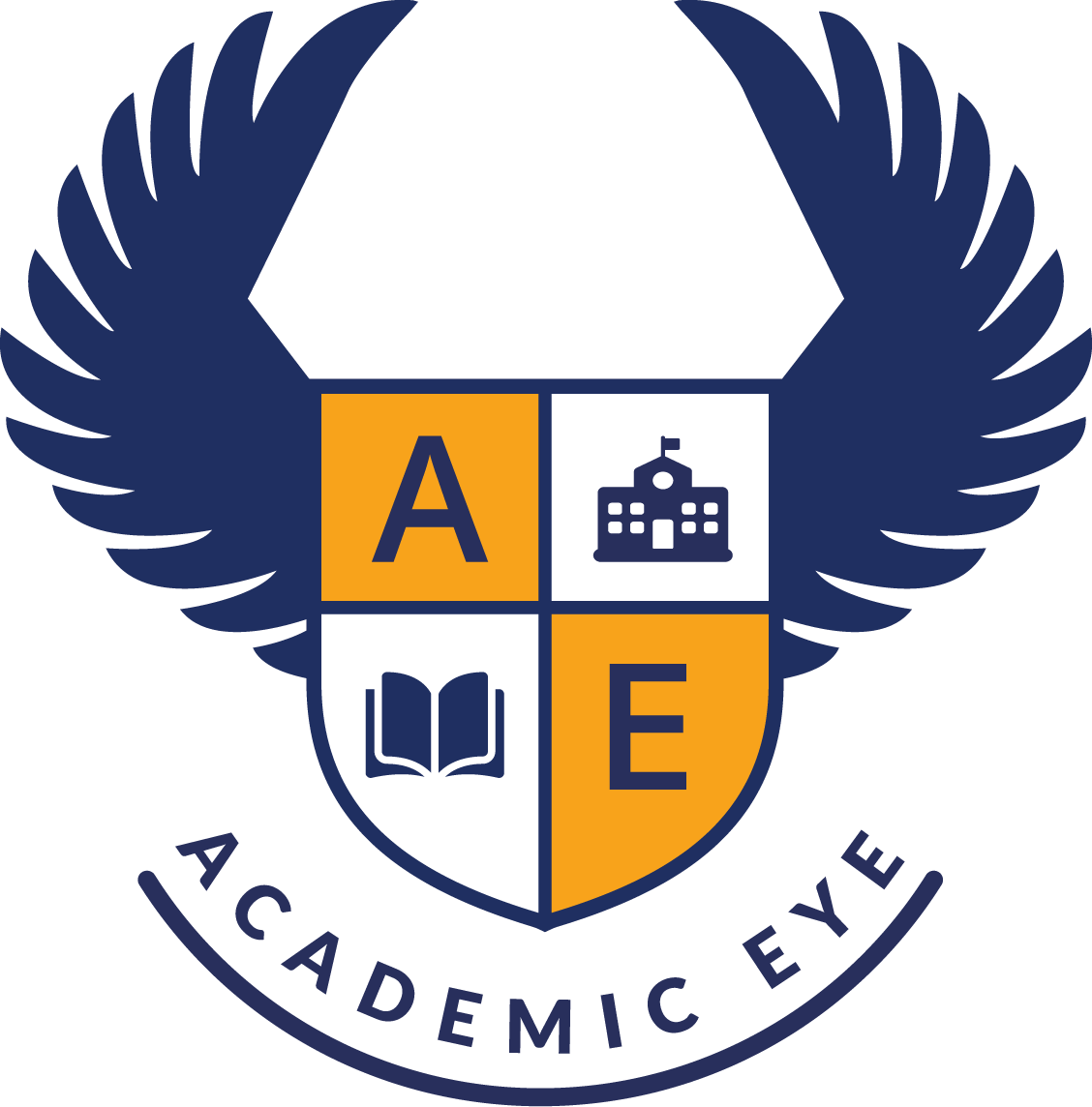Description

Skugal

QualCampus
Comprehensive Overview: Skugal vs QualCampus
Skugal and QualCampus are both software solutions designed to facilitate various administrative and academic functions within educational institutions. However, they target slightly different markets and offer distinct features. Let's break them down:
a) Primary Functions and Target Markets
Skugal:
-
Primary Functions:
- Skugal provides cloud-based ERP solutions with a focus on managing school operations. Its main features include student management, attendance tracking, timetable management, online classrooms, exam management, and communication tools for parents and teachers.
- The platform also includes AI-based features that help in efficient data management and predictive analytics for improving educational outcomes.
-
Target Market:
- Skugal is targeted primarily at K-12 institutions looking for a comprehensive digital solution to streamline their administrative and academic processes. It serves schools looking to digitalize their operations and improve communication among stakeholders.
QualCampus:
-
Primary Functions:
- QualCampus offers ERP solutions focused on managing broader educational needs but can also be customized for schools, colleges, and universities. It includes features like admission management, fee processing, library management, HR and payroll, inventory management, and examination processes.
- Additionally, it provides modules for hostel management, transport management, and alumni management, which cater more to higher education institutions.
-
Target Market:
- QualCampus primarily targets higher education institutions, including colleges and universities, but can also cater to schools needing more extensive operational management features.
b) Market Share and User Base
-
Skugal:
- Skugal has a significant presence in the K-12 education segment, especially in regions prioritizing digital transformation in schools. While exact market share figures are often proprietary, Skugal is known for its growing user base attributed to the increasing adoption of ed-tech solutions in developing countries.
-
QualCampus:
- QualCampus is known more within niche segments of higher education. It commands a stable user base among colleges and universities needing comprehensive ERP systems. Like Skugal, it too has been understandingly expanding its footprint as institutions increasingly digitize.
c) Key Differentiating Factors
-
Focus and Customization:
- Skugal is particularly streamlined for K-12 schools with a concentration on simplifying classroom and school management processes. Its AI-driven capabilities for tasks like attendance and predictive analysis are significant differentiators.
- QualCampus offers more extensive functionalities designed for higher education complexity. It provides broader operational modules like hostel and transport management, which are usually more pertinent to colleges and universities.
-
Flexibility and Scalability:
- QualCampus provides higher flexibility in terms of module customization; advantageous for institutions with changing or growing administrative needs.
- Skugal is more modular, making it relatively easier for schools to tailor the product to their specific needs without over-complication.
-
Technology and Innovation:
- Skugal leverages AI and mobile-friendly solutions as part of its innovation strategy to align with current educational technology trends, staying ahead in terms of technological advancement.
- QualCampus, while robust, emphasizes integrated solutions accommodating complex systems over cutting-edge innovation.
In summary, while Skugal and QualCampus provide ERP solutions for educational institutions, they excel in different niches with unique strengths catering to varied operational needs and market segments. Skugal offers more cutting-edge innovations for K-12, whereas QualCampus offers broad, customizable solutions for higher educational institutions.
Contact Info

Year founded :
2019
+91 98738 56774
Not Available
India
http://www.linkedin.com/company/skugal-technologies-private-limited

Year founded :
Not Available
Not Available
Not Available
Not Available
Not Available
Feature Similarity Breakdown: Skugal, QualCampus
As of my last update, Skugal and QualCampus are both school management systems designed to streamline administrative tasks and enhance communication within educational institutions. Here's a breakdown of their feature similarities and differences:
a) Core Features in Common
-
Student Information Management: Both platforms allow schools to manage student data, including enrollment details, attendance records, and academic performance.
-
Attendance Management: Automated attendance tracking and reporting is a common feature, helping schools keep accurate daily records.
-
Fee Management: They offer tools for managing school fees, generating invoices, and tracking payments.
-
Timetable and Scheduling: Both systems provide functionalities to create and manage class schedules effectively.
-
Examination Management: Facilities for organizing exams, recording results, and generating report cards are available.
-
Communication Tools: Features such as notifications and messaging systems to facilitate communication between teachers, students, and parents.
-
Reporting & Analytics: Both platforms offer reporting tools that allow schools to generate various types of analytics for performance, attendance, and financials.
-
Multi-User Access: Allow access for different user roles – administrators, teachers, students, and parents.
b) User Interface Comparison
-
Skugal: Known for its simple, intuitive interface designed to be user-friendly for educators and administrators who might not be very tech-savvy. It emphasizes ease of navigation and quick access to essential features.
-
QualCampus: Generally robust and may offer more customization within the interface. It possibly integrates more extensive modules and might require a bit of a learning curve for new users due to its comprehensive nature.
Both systems aim to provide clean and accessible interfaces, but the user experience can vary depending on the specific deployment and customization by the institution.
c) Unique Features
-
Skugal:
- AI-based Features: Skugal places emphasis on AI-driven functionalities such as predictive analytics for student performance and resource optimization.
- Cloud-Native Design: Offers seamless updates and integrations due to its cloud-based infrastructure which can be a plus for real-time data access and scalability.
-
QualCampus:
- Module Variety: Typically offers a wider selection of modules for varied needs, such as hostel management, library management, and transport management. This could make it more appealing to institutions with diverse requirements.
- Customization: Known for potentially supporting more extensive customizations according to the specific needs of the institution.
These systems, while sharing many core functionalities, may appeal to different audiences depending on the specific needs, technological readiness, and scale of the educational institution. Skugal might be better suited for schools looking for straightforward, efficient cloud-based management with AI enhancements. In contrast, QualCampus could be preferable for institutions needing a broader range of customizable modules and features.
Features

Not Available

Not Available
Best Fit Use Cases: Skugal, QualCampus
Skugal and QualCampus are both software solutions designed for educational institutions, but they cater to slightly different needs and scenarios. Here's an overview of their best fit use cases and how they cater to various industry verticals or company sizes:
Skugal
a) Best Fit Use Cases for Skugal
- Types of Businesses or Projects:
- Schools and K-12 Institutions: Skugal is particularly well-suited for schools looking for a comprehensive school management system. It is designed to streamline administrative processes, including attendance tracking, timetable management, and fee management, making it ideal for K-12 schools.
- Educational Startups: New or small-scale educational entities can leverage Skugal for its ease of use and cloud-based infrastructure, which allows for quick deployment and scalability.
- Remote and Blended Learning Environments: Due to its cloud-based nature, Skugal supports remote education initiatives, making it a good fit for institutions exploring online or blended learning models.
d) Catering to Industry Verticals or Company Sizes:
- Small to Medium Educational Institutions: Skugal is particularly beneficial for small to medium-sized schools that may not have extensive IT resources. Its cloud-based platform reduces the need for significant IT infrastructure.
- Geographically Distributed Schools: For institutions with multiple campuses or an interest in reaching remote areas, Skugal’s online platform provides seamless connectivity and management from any location with internet access.
QualCampus
b) Preferred Use Cases for QualCampus
- Higher Education Institutions: QualCampus is designed to handle the complex requirements of colleges and universities. Its robust features cater to managing large student bodies, diverse academic programs, and accreditation processes.
- Vocational and Training Centers: Institutions offering specialized training and vocational courses can benefit from QualCampus’s ability to manage diverse course offerings and certifications.
- Corporate Training Programs: Companies providing extensive training and development programs may find QualCampus suitable due to its capacity to manage certifications, assessments, and detailed student records.
d) Catering to Industry Verticals or Company Sizes:
- Large Educational Institutions: QualCampus is well-equipped to manage the extensive needs of large universities or colleges, offering scalability and advanced features for complex academic and administrative workflows.
- Accredited Institutions: The platform provides tools to assist with accreditation processes, making it a solid choice for institutions that need to adhere to specific educational standards and reporting requirements.
By focusing on different aspects of educational management, Skugal and QualCampus cater to their specific user bases. Skugal’s simplicity and flexibility make it ideal for smaller schools and international settings, while QualCampus’s extensive feature set appeals to larger, more complex institutions with advanced administrative needs.
Pricing

Pricing Not Available

Pricing Not Available
Metrics History
Metrics History
Comparing teamSize across companies
Conclusion & Final Verdict: Skugal vs QualCampus
To provide a conclusion and final verdict on Skugal and QualCampus, let's analyze various aspects of both products.
a) Best Overall Value:
Determining the best overall value between Skugal and QualCampus involves assessing their features, usability, customer support, cost, implementation, and scalability.
-
Skugal: Known for its cloud-based features, Skugal offers tools like attendance management, exam management, and fee management. It emphasizes ease of use and quick implementation. Skugal tends to cater to smaller institutions or those looking for a more modern interface with mobile accessibility. It might be more cost-effective for smaller schools or those with limited budgets.
-
QualCampus: Typically pitched for larger educational institutions, QualCampus provides a comprehensive suite of features that include administrative management, learning management systems, and integrations with other platforms. It offers a robust solution for complex needs but might come with higher upfront costs.
Verdict: For smaller institutions or those seeking budget-friendly solutions, Skugal may offer the best overall value due to its ease of use and cost-effectiveness. For larger institutions needing a wide range of integrated features, QualCampus probably presents better overall value.
b) Pros and Cons:
Skugal:
- Pros:
- User-friendly interface with a focus on mobility and cloud accessibility.
- Cost-effective and easier to implement, ideal for small to medium-sized institutions.
- Modern design and quick setup.
- Cons:
- Might lack certain advanced features required by larger institutions.
- Limited integrations with existing systems compared to QualCampus.
QualCampus:
- Pros:
- Comprehensive feature set suitable for complex institutional needs.
- Strong integration capabilities with other educational tools.
- Scalable solution that can serve large volumes of data and user management.
- Cons:
- Cost may be prohibitive for smaller institutions.
- Implementation can be complex and time-consuming.
c) Recommendations:
-
Assess Institutional Needs: Institutions should first map out their needs. Smaller institutions with limited infrastructure and budget constraints are likely to benefit more from Skugal. In contrast, larger institutions with complex requirements might find QualCampus more beneficial.
-
Budget Considerations: Tight budgets may influence a shift towards Skugal due to its affordability. However, it's important to consider long-term growth and ensure that the choice supports future expansion or increased demand.
-
Feature Requirements: If an institution needs extensive customization, learning management systems, or third-party integrations, QualCampus might be the better choice. For simpler day-to-day administrative tasks, Skugal could suffice.
-
User Experience: Consider the technical proficiency of end-users (teachers, administrators, students). Prefer a solution that minimizes their learning curve.
-
Trial and Feedback: Before commitment, trial both solutions if possible. Gather feedback from prospective users to identify potential hurdles and preferences in actual use scenarios.
In conclusion, the decision between Skugal and QualCampus heavily depends on the specific needs and constraints of the educational institution. Evaluate both solutions against institutional goals, technical requirements, and budget restrictions to make the most informed choice.
Add to compare
Add similar companies



